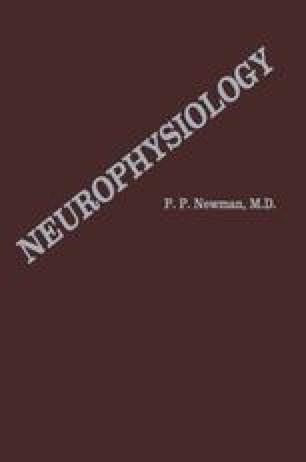

The findings are innovative and will be helpful to local standard setters (SOCPA), international standard setters (IASB), and preparers and investors. To the best of our knowledge, this is the first study on differences between Saudi GAAP and IFRS, and the findings thus make a valuable contribution to accounting regulation literature. The study finds that there are major differences between Saudi GAAP and the 15 IFRS standards studied: IAS 1 Presentation of Financial Statements IAS 7 Statement of Cash Flows Zakat and IAS 12 Income Tax IAS 16 Property Plant and Equipment IAS 8 Accounting Policies, Changes in Accounting Estimates and Errors IAS 17 Leases IAS 19 Employee Benefits IAS 21 The Effects of Changes in Foreign Exchange Rates IAS 24 Related Party Disclosures IAS 34 Interim Financial Reporting IAS 36 Impairment of Assets IAS 38 Intangible Assets IAS 40 Investment Property IAS 41 Agriculture and IFRS 9 Financial instruments. Saudi Arabia is a member of G20 and the largest oil exporter in the world. The purpose of this study is to investigate the differences between IFRS and Saudi accounting standards (Saudi GAAP) issued by the Saudi Organization for Certified Public Accountants (SOCPA). At critical reflection levels, based on King and Kitchener, physiotherapists’ judgements were at levels four to seven.Ĭonclusions: The results showed that physiotherapists critically justified their clinical reasoning by systemically using a hypothetico-deductive reasoning model and reflected on their decisions in all phases of low back pain patient’s examination, from the history to the physiotherapy diagnosis and also on the classification of non-specific low back pain.Despite a substantial move toward convergence between principles-based International Financial Reporting Standards (IFRS) globally, there has been little research examining the differences between national standards and IFRS. They stopped to consider the adequacy of tests for drawing conclusions and their own manual skills as physiotherapists and also the classification of LBP being used. Results: Physiotherapists critically analysed and reflected their choices and decisions in clinical reasoning with patient’s symptoms, onset of pain, clinical test choices and results. Interviews were audio-recorded and transcribed and then analysed by content analysis. Method: Data were collected in interviews with six physiotherapists, were the stimulated recall method was used.

Aim: The aim of this study was to deepen the current understanding of physiotherapists’ decision-making process and more specifically, to investigate their reflections on their clinical reasoning when examining low back pain patients.


 0 kommentar(er)
0 kommentar(er)
